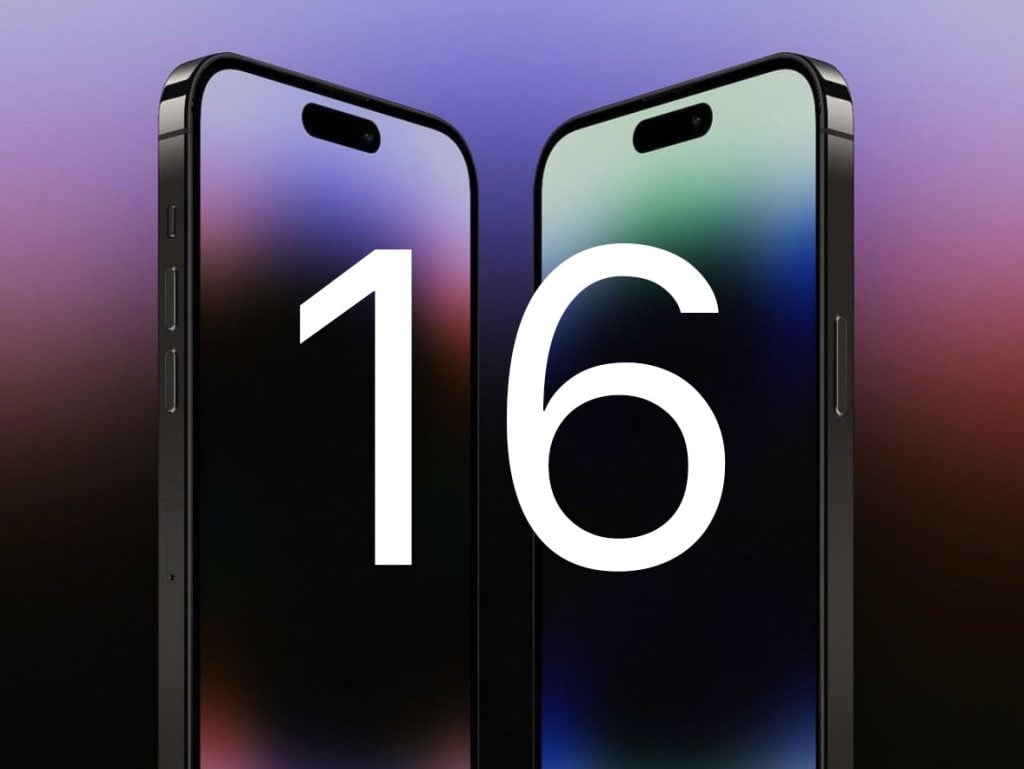BRS stands for Border Reduction Structure. This technology specifically aims to reduce the bottom bezel or the chin of all four models of the iPhone 16 series. Notably, this technology focuses on minimizing the bottom bezel by rolling up copper wires underneath the panel.

Slightly bigger display for the Pro iPhones
Korean source Sisa Journal notes that Samsung Display, BOE, and LG Display, who will supply panels for the iPhone 16 series, all have acquired the technology. However, the yield rate of the production will be an important factor. An industry official said “The entry barrier to the technology itself is not high, but the volume situation may change for each company once it actually enters mass production.”
Aside from the slimmer bezel, the regular iPhone 16 and iPhone 16 Plus will reportedly get the same size and type of panel as last year’s non-Pro models. The iPhone 15 and iPhone 15 Plus offers a 6.1-inch and 6.7-inch 60 Hz LTPS (Low Temperature Polycrystalline Silico) panel respectively.
However, there might be a slight increase in display size for the iPhone 16 Pro and iPhone 16 Pro Max. According to market research agency Omdia, the iPhone 16 Pro could have a 6.3-inch display (last year’s model had 6.1″) and the iPhone 16 Pro Max could offer a 6.9-inch display (iPhone 15 Pro Max had a 6.7″ panel). In terms of display technology, these bigger panels will be the same LTPO ones as offered by last year’s Pro models.
If you are expecting the rumored under-display tech (UDC) to hide some of the sensors from the Dynamic Island, keep patience. Kang Min-soo, a senior researcher at Omdia said, “Apple is trying to change the form of the display once again by hiding the camera behind the display or hiding Face ID, but UDC technology continues to be delayed.” He added that it could be delayed even to 2027.
Related:
- Get Redmi K70 Pro for discounted price of $499
- Xiaomi Band 8 Genshin Impact custom edion get a huge discount.
- Unlock Savings: Discount on Every Giztop Product under the New Year Sale
- Big Discount: AOOSTAR R1 N100 NAS Mini PC Only For $159
- Get latest Oneplus 12 Phone for $699 on Geekwills







